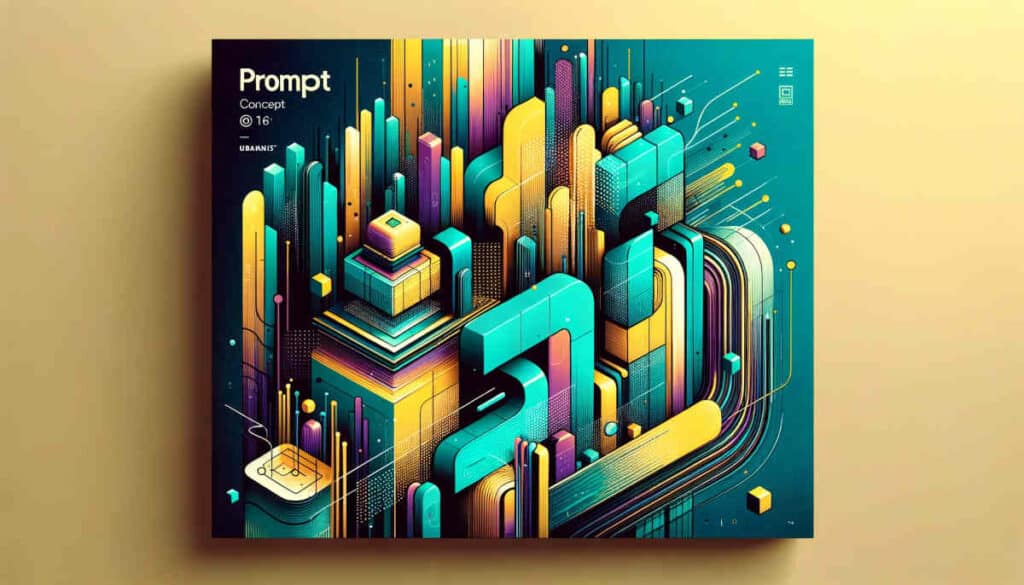With the democratisation of the use of AI, new skills are emerging. In particular, the art of mastering prompts. These seemingly simple instructions enable the full potential of artificial intelligence to be exploited. But what are they? How can prompts be used? And above all, how do you write good prompts? That's what we're going to look at in this article.
What is a prompt?
A prompt is simply an instruction to a generative artificial intelligence. In other words, AIs capable of generating content, whether text, images or even music.
Thanks to its understanding of natural language, the AI algorithm will then analyse all your instructions and respond to them.
In other words, it is a kind of order sent to a machine so that it carries out what you ask it to do.
Good to know: today, prompts are mainly in written form. But you can also use voice prompts. And you have been able to do so for several years now with virtual assistants like Alexa or Siri. Using your phone or device, you state your request orally so that your assistant can respond to your request.
How can I use prompts?
Since the democratisation of ChatGPT and other generative AI tools, anyone can exploit the potential of artificial intelligence. Provided you write good instructions. Here are a few examples of what you could get a good prompt for:
- Content creation: whether on social networks or on a website, generative AI tools can help you create content, structure it or come up with new ideas.
- Responding to objections: for sales roles, well-written prompts can help identify any objections from potential customers,
- Generating an editorial strategy: particularly for natural referencing. Artificial intelligence can help SEO experts identify topics that are relevant to the target audience.
In addition to written text, artificial intelligence algorithms are also capable of generating other types of content, such as images or music. For example, DALL-E, Midjourney or Stablediffusion can generate images. These images can then be added to your written content on social networks.
These are tools that specialise in one type of content. But more and more AI solutions are multimodal. In other words, they can generate written, visual or auditory content (like Google’s Gemini).

How do you make a good prompt?
While generative artificial intelligence tools offer a multitude of possibilities to their users, you still need to be able to give them the right instructions. Hence the importance of mastering prompts.
Be precise and detailed
To ensure that an artificial intelligence responds exactly to your request, you need to spell out all your requirements precisely in your prompt.
For example, to find ideas for content, marketing experts can specify their instructions to the AI, while specifying certain essential elements, such as :
- The target audience: you need to give all the information you can about your ideal customer, such as age, gender, geographical location, professional and family situation, etc.
- The problem to be solved: you need to know exactly what your target audience’s pain points are so that you can address them more easily.
- What you offer: even if you don’t want to advertise your offer, it’s important that the artificial intelligence knows how you can help your customers. This will enable it to create appropriate content.
- Company branding: such as the tone of voice used to address the customer or your positioning.
Similarly, for images, you can add instructions on lighting, style, angle of view, colour, atmosphere, etc.
Whatever your request, your prompt must be very precise and detailed to get a satisfactory response.
Respect the requirements of each AI tool
With DALL-E or ChatGPT, all you have to do is enter your prompt in the box provided, without any additional formalities. But other AI tools are more demanding.
For example, with Midjourney, you have to start your instruction with /imagine. This allows the AI to suggest an image corresponding to your request. And if you want to merge several images, you’ll need to add the /blend command (while providing the images).
So before using artificial intelligence, take the time to learn all its rules.
Use prompt engineering techniques
While precision is at the heart of writing a good prompt, there are several prompt engineering techniques that can help you write effective instructions. For example:
- Reverse prompt engineering: to begin with, provide the AI with results similar to those you want. Then ask it to provide you with the corresponding prompt. You can then use it to obtain the expected result.
- Chain-of-thought prompting: you guide the artificial intelligence through a sequence of prompts to achieve the desired result.
- Few shot prompting: you provide the AI with several examples to refine your query.
Whatever techniques you use, the most effective are undoubtedly experimentation and training. So if you want to go further and improve your prompts, DataScientest is the place to be.











